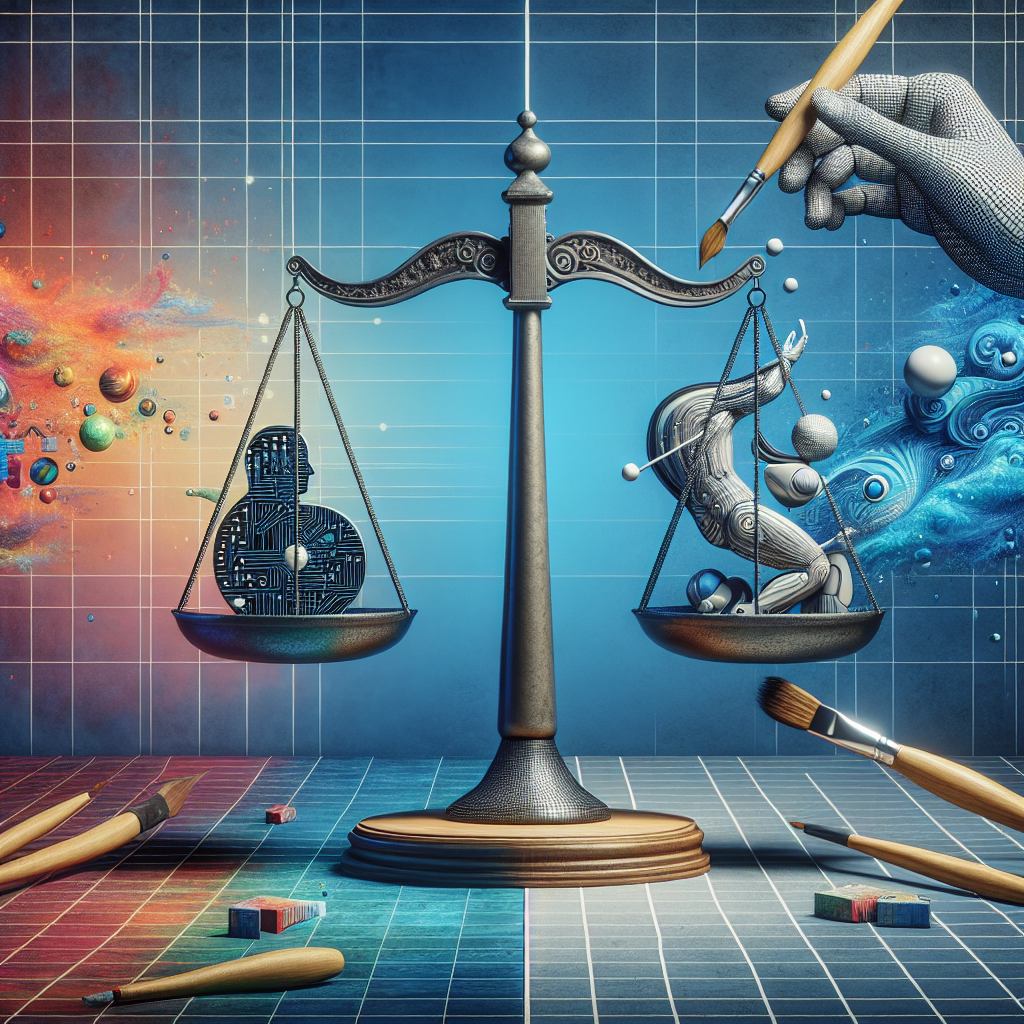Your cart is currently empty!
The Ethics of AI in Art: Navigating the Intersection of Technology and Creativity

Artificial intelligence (AI) has revolutionized many aspects of our lives, from healthcare to finance to transportation. But what about its impact on the world of art? As AI becomes increasingly sophisticated, questions about the ethics of using AI in art are becoming more pressing.
One of the main ethical concerns surrounding AI in art is the question of authorship. When an AI system creates a piece of art, who should be credited as the artist – the AI itself, the human programmer who created the AI, or both? This question becomes even more complex when considering collaborative projects between humans and AI, where the lines between creativity and automation are blurred.
Another ethical issue is the potential for bias in AI-generated art. AI systems are trained on large datasets, which can contain biases inherent in the data. This can result in AI-generated art that reflects and perpetuates harmful stereotypes or excludes marginalized voices. It is crucial for artists and programmers to be aware of these biases and take steps to mitigate them in their work.
Privacy is another ethical concern when it comes to AI in art. AI systems often rely on personal data to create personalized art experiences, such as generating art based on a user’s social media activity or browsing history. Artists and developers must be transparent about how they collect and use this data, and ensure that users’ privacy is protected.
Despite these ethical concerns, AI has the potential to revolutionize the world of art in exciting ways. AI can help artists push the boundaries of creativity, explore new artistic techniques, and reach new audiences. By harnessing the power of AI responsibly and ethically, artists can create groundbreaking art that challenges our perceptions of what is possible.
Navigating the intersection of technology and creativity requires a thoughtful approach to the ethics of AI in art. Artists, programmers, and policymakers must work together to ensure that AI is used in a way that respects the rights and dignity of all individuals, promotes diversity and inclusion, and fosters a culture of innovation and collaboration. Only then can we fully realize the transformative potential of AI in the world of art.

Leave a Reply